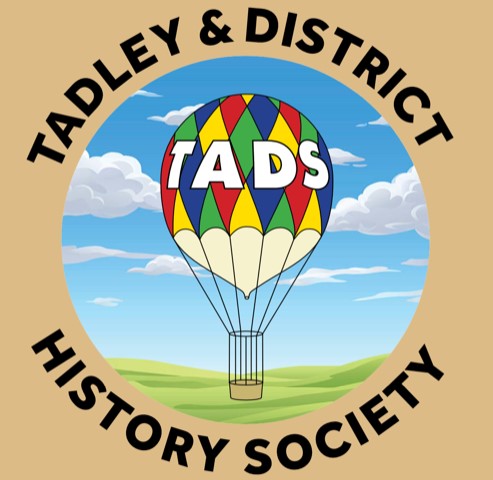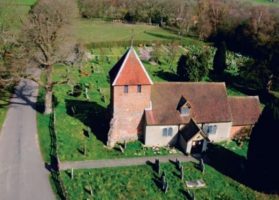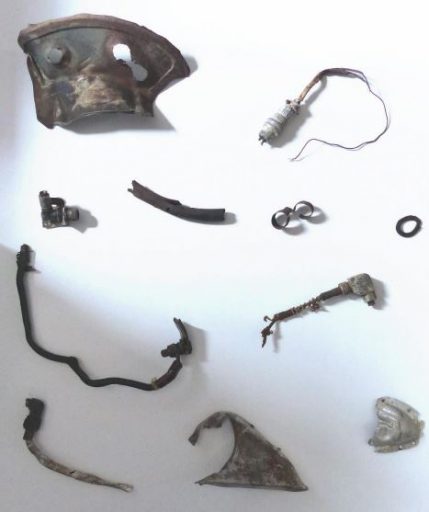In 2016, the Railway and and Canal Historical Society (https://www.rchs.org.uk) published:
“Occasional Paper 2nd Series No. 336 – The Tadley Mustang“
The paper refers to an air-crash near Tadley in 1944 during WWII. A Mustang aircraft crashed almost vertically into the ground, It has never been fully recovered due to the marshy nature of the soil.
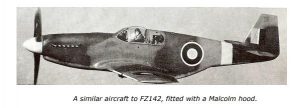
Research through Air Ministry records revealed it to be:- USAAF P-51B-5NA 42-6483 transferred to the RAF as Mustang III FZ142, allocated to the Empire Central Flying School at Farnborough, which was recorded as having crashed 5 miles south of Aldermaston, Berkshire, on 20 March 1944, after the pilot bailed out following an engine fire. The pilot did survive.
In the 1980s, a survey using metal detectors was carried out with the approval of the local farmer landowner and a large mass of metal was found on a section of river bank. Having satisfied that there was something to be investigated, Ministry of Defence approval was sought and obtained, the knowledge that there would be no human remains at the site probably easing its clearance.
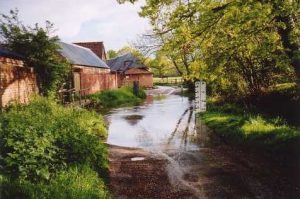
In the 1980s, local enquiries pointed to a crash location near Foudry Brook. Flowing from Baughurst, the brook flows eastwards though Tadley and the Pamber Forest nature reserve; thereafter it turns north-eastwards, skirting below and around Silchester Roman Town, and its name changes to Silchester Brook. It crosses the well known local ford at Clapper’s Farm, near Silchester. Usually it is shallow, but is pictured here after heavy rain.
A local farmer generously loaned a JCB and industrial water pump mounted on a trailer as the streamside location was unsurprisingly marshy. Attempted recovery was set for a weekend and about a dozen volunteers assembled at the site. A smoking ban was introduced as once the soggy ground was broken a very strong aroma of aviation fuel pervaded the area.
Large heavily damaged metal sections soon began to emerge from the hole that was being formed, though at the same time large quantities of water appeared to fill the holes created. The JCB was attached to the emerging wreckage with a cable in an attempt to pull it free from the suction created by the liquid mud surrounding it. This enabled the identification of the forward fuselage of the aircraft still attached to large sections of the wings.
After two days work the remaining wreck was allowed to sink back into its resting place,by releasing the retaining cable. Most of the recovered items have subsequently been put on public display. A small selection of those parts is shown in the featured photograph above.
The full story of the excavation of the plane can be found at
www.rchs.org.uk/wp-content/uploads/2017/01/336-Tadley-Mustang.pdf
TADS would be very interested if anybody remembers the air-crash or recalls a relative talking about it.
(Email steve@tadshistory.com or tel 01189 701762).
